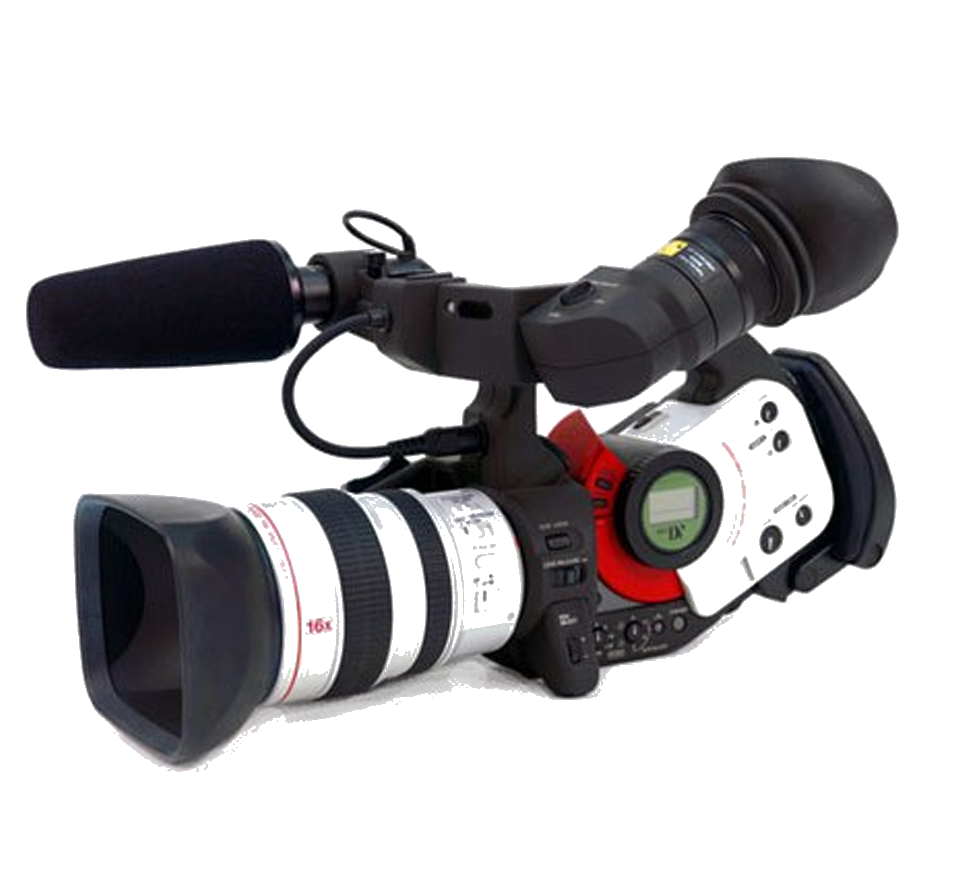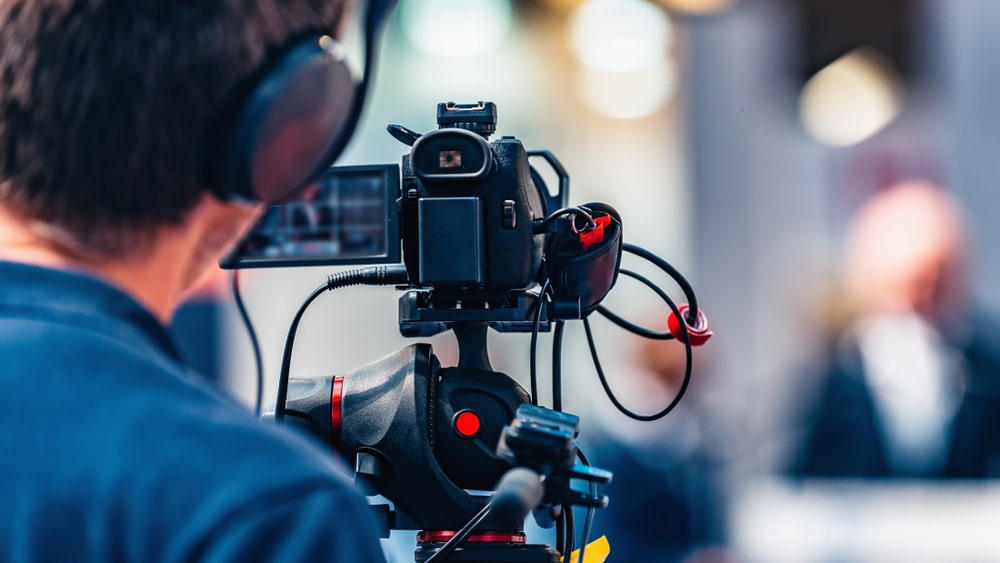Understanding the Significance of Videography in Legal Process
The integration of videography right into legal procedures has emerged as a significant element in the presentation and analysis of proof. By capturing aesthetic components such as body language and facial expressions, videography boosts the narrative surrounding witness statements and can profoundly affect court assumptions.
Function of Videography in Evidence
Videography plays an increasingly important role in lawful proceedings, serving as a powerful tool for presenting proof. The combination of video clip recordings into the legal structure permits a more dynamic depiction of facts, allowing jurors and courts to envision events as they transpired. This visual documentation can incorporate a series of products, including surveillance video, videotaped witness testimonies, and professional demonstrations, all of which can substantially improve the evidentiary landscape.
One of the main advantages of videography is its capacity to catch subtleties that may be shed in created accounts. Faces, body language, and situational context can supply important insights, aiding to communicate emotions and intentions that message alone can not. In addition, making use of video clip evidence promotes a more interesting court room experience, potentially aiding jurors in understanding complex instances.
As modern technology advances, the top quality and availability of videographic proof have enhanced, making it an important component of modern legal techniques. Courts significantly acknowledge the value of video as a trustworthy source of information, prompting lawful professionals to adjust their approaches for evidence discussion. Inevitably, videography offers not only to show realities however likewise to improve the total integrity of the judicial procedure.

Enhancing Integrity and Quality
A significant benefit of including videography in lawful procedures is its capacity to improve both reliability and clearness of proof presented in court. Videographic proof can catch subtleties that written documents may ignore, such as tone, body language, and context. This visual depiction permits courts and juries to better understand the scenarios bordering the situation, therefore cultivating an extra exact understanding of the events in concern.

Additionally, the quality paid for by videography reduces the possibility of false impression that can occur from textual summaries. This precision is particularly essential in intricate situations, where information can be easily misunderstood. Inevitably, by offering evidence in a visually accessible format, videography not only enhances the honesty of the judicial procedure however additionally sustains informed decision-making by those entailed in legal process.
Influence on Court Perception
The inclusion of videographic evidence considerably influences court perception, often leading to a lot more involved and educated considerations. Jurors are generally much more receptive to visual info, which can enhance their understanding of complicated situations. Videography provides facts in a fashion that is both obtainable and compelling, enabling jurors to get in touch with the evidence on a more personal level.
In addition, the ability to witness occasions as they happened can stimulate psychological responses that created records or verbal testaments might stop working to generate. This emotional involvement can lead jurors to create more powerful viewpoints relating to the integrity of witnesses and the overall story of the instance. The aesthetic depiction of proof also assists in clearing up ambiguities, making it less complicated for jurors to understand the context and relevance of the information presented.
Additionally, videography can function as a powerful device for narration, making it possible for lawyers to build a convincing story that resonates with the jury. discover here When jurors can picture circumstances and witness key moments, their capacity to purposeful thoughtfully and reach a knowledgeable verdict is substantially enhanced, eventually influencing the result of lawful procedures.
Best Practices for Legal Videography
Implementing ideal techniques in legal videography is necessary for making certain that visual proof is both credible and effective in the court room. Pick qualified experts who specialize in lawful videography to make certain the technical high quality of the recordings. This consists of using high-resolution video cameras and professional audio tools to record clear visuals and sound.
2nd, preserve appropriate documents throughout the recording procedure. This entails developing a comprehensive log that includes timestamps, summaries of the web content, and the identifications of all people existing. Such paperwork can reinforce the credibility of the video clip.

Furthermore, consider making use of proper editing strategies. While it is essential to preserve the original material, small changes for clearness-- such as enhancing audio levels-- can boost the total presentation without altering the substance.
Future Trends in Legal Videography
As legal videography remains to develop, arising methods and modern technologies are forming the future landscape of visual proof in the court room (Legal Videography). One considerable pattern is the integration of high-definition and 4K video high quality, improving the quality and detail of tape-recorded testimonies and evidence. This improved resolution aids jurors in thoroughly evaluating the credibility of witnesses and the nuances of today materials
Additionally, making use of artificial intelligence (AI) in video clip analysis is getting traction. AI tools can aid in determining crucial moments in footage, creating records, and also examining non-verbal interaction, which offers much deeper insights right into witness integrity. In addition, virtual fact (VR) and boosted reality (AR) are poised to change how proof exists, enabling jurors to immerse themselves in crime scenes or scenarios, thereby cultivating an extra profound understanding of the context.
Final Thought
In recap, videography acts as an important tool in legal process, boosting the presentation of evidence and improving the overall understanding of situations. By recording non-verbal cues and boosting the trustworthiness of witness accounts, videography considerably affects jury assumption and decision-making procedures - Legal Videography. Following finest techniques ensures the efficiency of lawful videography, while arising fads promise to further enhance its role in the judicial system, ultimately cultivating an extra educated and engaged lawful atmosphere
Videography plays an increasingly essential duty in legal process, serving as a powerful tool for offering proof.A significant benefit of including videography in legal proceedings is its capability to enhance both integrity and clearness of proof offered in court. Eventually, by offering evidence in a visually available style, videography not just reinforces the integrity of the judicial process however additionally sustains informed decision-making by those involved in legal procedures.
In summary, videography offers as an important device in lawful proceedings, enhancing the discussion of evidence and enhancing the general understanding of instances. Legal Videography. Sticking to best techniques ensures site web the effectiveness of legal videography, while emerging patterns assure to additional augment its function in the judicial system, browse around here ultimately fostering a more educated and involved legal setting